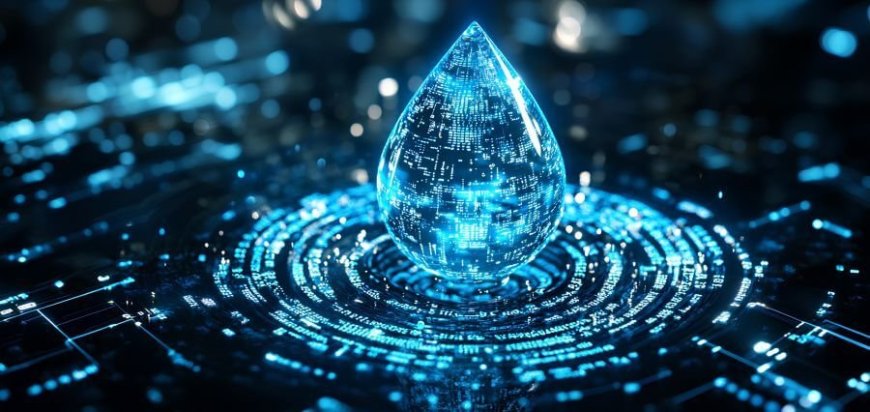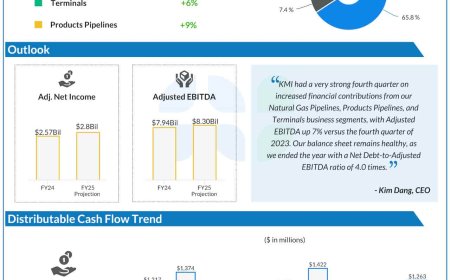Autonomous Solutions for Inspection, Maintenance and Repair
The Rise of Water Robotics There lies much in the depths of our oceans, rivers, and lakes, which remain unexplored and often forgotten. However, a revolution is underway, driven by the growing field of water robotics. These sophisticated machines are venturing into the watery abyss, doing things that were once thought impossible or too dangerous […] The post Autonomous Solutions for Inspection, Maintenance and Repair appeared first on Insights Success.

The Rise of Water Robotics
There lies much in the depths of our oceans, rivers, and lakes, which remain unexplored and often forgotten. However, a revolution is underway, driven by the growing field of water robotics. These sophisticated machines are venturing into the watery abyss, doing things that were once thought impossible or too dangerous for human divers. A complete transformation of our understanding, relation, and dealings within the aquatic world is ahead with water robotics-from scanning underwater infrastructure to conducting scientific research.
Human divers have been pioneers of underwater exploration for centuries. However, human divers have severe limitations. Depth limitations, low endurance, and the possibility of decompression sickness limit their ability to function properly in deep or challenging environments. Water robotics transcends these limitations. Equipped with advanced sensors, cameras, and propulsion systems, these machines can delve into the darkest depths, withstand immense pressures, and operate for extended periods without fatigue.
Unveiling the Invisible
The most important application of water robotics is to inspect and maintain underwater infrastructure. Pipelines, cables, and offshore platforms are crucial for modern society, but most of them lie in places inaccessible to man. The traditional methods used to inspect them are too time-consuming and expensive or even dangerous. Water robots, however, can very efficiently traverse such challenging environments, providing real-time data regarding the condition of underwater assets. With the best equipment, such as high-resolution cameras, sonar systems, and even robotic arms, these machines can find corrosion, leaks, or other anomalies to prevent failures that cost much.
The Guardians of the Environment
Water robotics has played a significant role in environmental monitoring and conservation, surpassing industrial applications. Scientists have utilized these machines to research marine life, map underwater ecosystems, and assess the impact of pollution. AUVs can collect considerable information about water quality, temperature, and salinity, which would give insight into the health of our oceans. Additionally, water robots can be used to track and help mitigate the impacts of environmental disasters such as oil spills and algal blooms.
The Future of Underwater Operations
This is the fast-evolving world of water robotics, as scientists and researchers continue to innovate beyond the frontiers of what is possible. Developments in artificial intelligence, machine learning, and sensor technology are enabling even more complex and 1 autonomous systems to be developed. The next generation of water robots will make decisions based on complex parameters, adapt to changing environments, and even work in conjunction with one another to complete complex tasks. Challenges and Considerations
However, much water robotics holds within itself and there are still many problems that need to be addressed. The development of such machines to operate reliably and safely in an unpredictable environment, such as the one present underwater, requires good engineering and stringent testing. In order to enable the system to operate autonomously in complex and dynamic environments, advanced navigation and control systems need to be developed.
A Glimpse into the Future
Water robotics represents a brand-new era in the further study and development of ocean technologies. The future of intelligent machines for controlling interaction with the world, understanding, protection, and the use of such water will help humankind rationalize its presence inside such a resource more economically. And indeed, as technology is continually developing, water robots are going to be applied extensively in scientific research, monitoring the environment, producing energy from offshore installations, and underwater construction works. The future of underwater operations is bright, and the potential of water robotics is truly limitless.
The post Autonomous Solutions for Inspection, Maintenance and Repair appeared first on Insights Success.











































